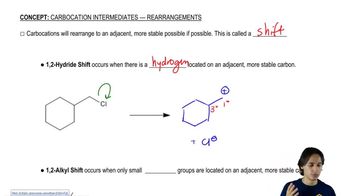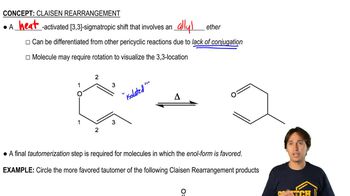How might electrons be excited from π to π* based on the molecular orbital diagram shown? [This will be relevant in Chapter 21.]
<IMAGE>

 Verified step by step guidance
Verified step by step guidance Verified video answer for a similar problem:
Verified video answer for a similar problem:



 2:19m
2:19mMaster What’s the difference between sigma and pi bonds? with a bite sized video explanation from Johnny
Start learning